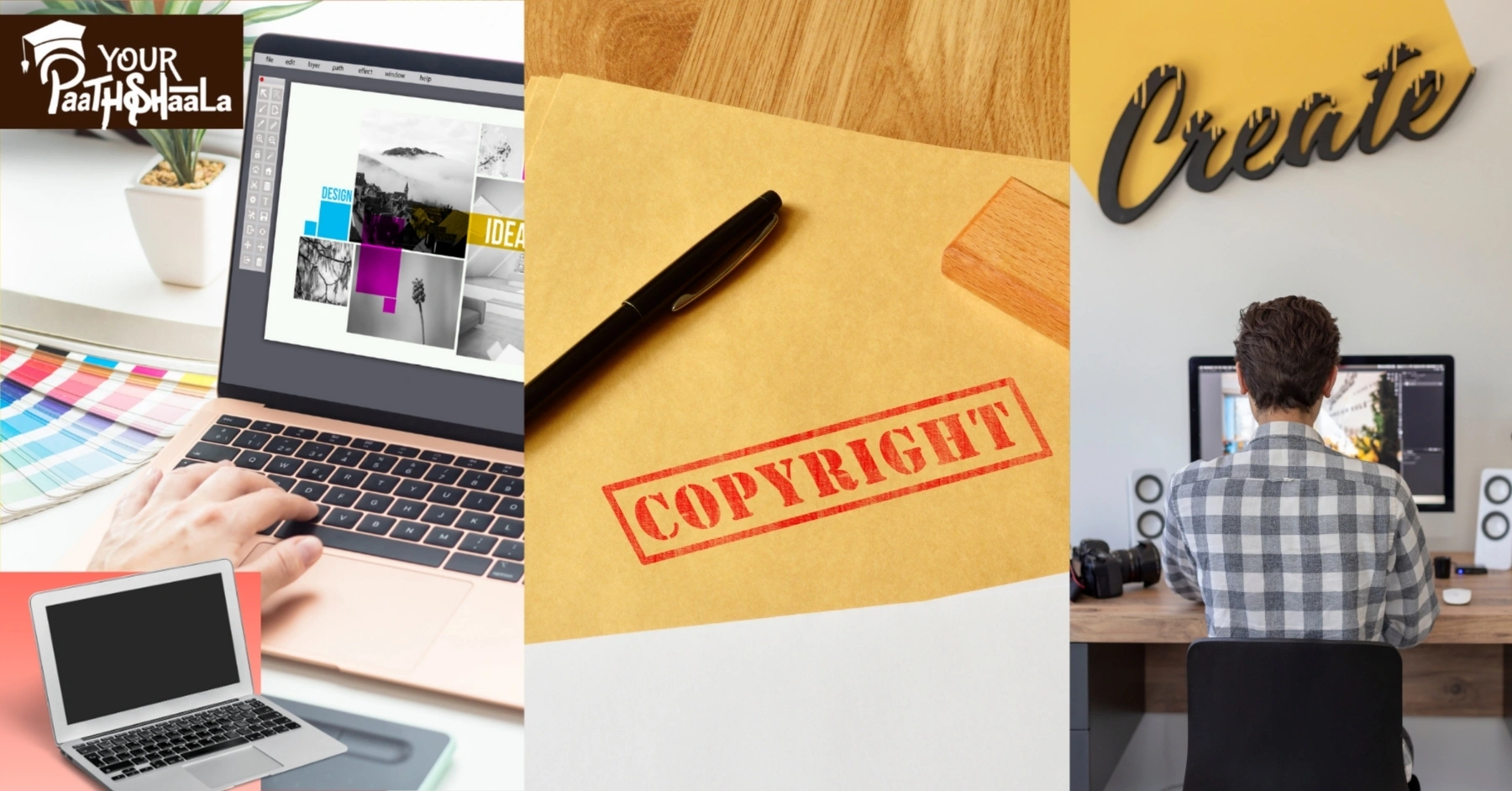
In 2025, understanding copyright in design is essential for Indian beginners entering the thriving $50,000 crore digital market, per IAMAI, to create visuals like logos or posters without legal risks. Using images legally ensures your designs are ethical and professional, protecting your reputation and finances. This beginner-friendly guide explains copyright in design and offers practical steps to source images legally, tailored for India’s vibrant creative scene. For example, using a royalty-free image for a festival ad avoids costly lawsuits. Whether you’re freelancing in Delhi or learning in a small town, these insights will keep you safe. Ready to design legally? Let’s explore copyright in design and how to use images in 2025!
What is Copyright in Design?
Copyright in design refers to the legal protection of original creative works, like logos, posters, or digital graphics, giving creators exclusive rights to use and distribute them. In India, the Copyright Act, 1957, protects designs for 10-15 years, per the Designs Act, 2000. It applies to unique visual elements but not ideas or concepts. For instance, a Diwali poster design is copyrighted, but the idea of a festive poster isn’t. Understanding copyright in design prevents unintentional violations.
Why Copyright Matters for Designers
Copyright in design safeguards your work and ensures you respect others’ creations. First, it protects your designs from being copied without permission, preserving your income. Next, it helps you avoid legal penalties for using copyrighted images improperly. For example, using a stock photo without a license can lead to fines. However, ignoring copyright can harm your reputation in India’s competitive market. Staying informed keeps your graphic design career ethical and sustainable.
Benefits of Using Images Legally
Using images legally in graphic design offers several advantages. It builds trust with clients, who value ethical practices in India’s design industry. It also prevents costly legal disputes, which can exceed ₹50,000 in fines. For instance, a legally sourced image for a social media post ensures peace of mind. Additionally, it aligns with 2025 trends favoring transparency, per Creative Bloq. Legal image use enhances professionalism and credibility.
Common Copyright Challenges in India
Indian designers face unique challenges with copyright in design. Limited awareness of laws can lead to accidental violations, especially among beginners. Stock image licenses can be confusing, with varying terms for commercial use. For example, using a personal-use image in a client project can breach copyright. Additionally, enforcing rights in India’s legal system can be slow. However, free resources and clear guidelines make compliance achievable.
Legal Ways to Use Images in Design
To stay compliant with copyright in design, use these legal image sources, tailored for Indian beginners in 2025:
- Royalty-Free Stock Sites: Unsplash, Pexels (free) offer high-quality images for commercial use with attribution.
- Creative Commons (CC): CC0 images (e.g., Pixabay) are free for any use; others require attribution.
- Paid Stock Platforms: Shutterstock, Adobe Stock (~₹500-₹2,000/image) for premium, licensed images.
- Public Domain: Images over 70 years old or explicitly released (e.g., via Wikimedia Commons).
- Create Your Own: Use Canva or GIMP to design original graphics, avoiding copyright issues.
These sources ensure you use images legally while keeping costs low.
6 Steps to Use Images Legally in Graphic Design
Follow this beginner-friendly guide to navigate copyright in design and use images legally in India for 2025.
1. Understand Copyright Basics
Learn India’s Copyright Act, 1957, and Designs Act, 2000, using free resources like IndiaCode.nic.in. For example, know that original designs are protected for 10 years. Spend 2-3 hours studying terms like “fair use” or “commercial use.” This knowledge prevents legal errors. Start with government or WIPO websites for clarity.
2. Choose Legal Image Sources
Use free platforms like Unsplash or Pexels for royalty-free images. For instance, download a festival image for a Holi poster with proper attribution. Check license terms to ensure commercial use is allowed. Spend 2-3 hours exploring sites. This ensures compliance with copyright in design.
3. Create Original Graphics
Design your own images using free tools like Canva or GIMP to avoid copyright issues. For example, create a Warli-inspired graphic for a client project. Practice 5-10 hours weekly to master tools. Original work is safe and showcases creativity. This reduces reliance on external images.
4. Check Licenses Carefully
Always verify image licenses before use, especially for client work. For instance, confirm a Pixabay image is CC0 for commercial use. Read terms on stock sites to avoid violations. Spend 1-2 hours per project checking licenses. This protects you from legal risks in India.
5. Keep Records of Image Sources
Document where you sourced images, including licenses or attribution details. For example, save a PDF of an Unsplash image’s license for a festival ad. Use Google Drive (free) to organize records. Spend 1 hour per project documenting. This ensures proof of legal use.
6. Build a Legal Portfolio
Compile 5-10 projects, like posters or logos, using legally sourced or original images. For instance, showcase a Diwali design with Unsplash images on Behance (free). Ensure all images comply with copyright in design. Spend 5 hours organizing your portfolio. This builds credibility with Indian clients.
Total Time: 15-20 hours initially for learning and setup, ongoing for compliance
Common Mistakes to Avoid
Avoid these pitfalls to stay compliant with copyright in design. First, don’t assume all online images are free; most are copyrighted. Next, avoid using personal-use images for commercial projects, like client ads. Also, don’t skip attribution for Creative Commons images. For example, using a Shutterstock image without a license can lead to fines. Finally, don’t ignore license terms; they vary by platform.
Tips for Legal Image Use in India
To navigate copyright in design effectively, follow these tips. First, stick to free stock sites like Unsplash to keep costs low. Next, create original graphics with Canva for full control. Additionally, join Indian design communities on LinkedIn for copyright advice. For example, a legally sourced festival image builds client trust. Finally, double-check licenses before using any image.
2025 Trends in Copyright and Design
In 2025, copyright in design evolves with technology, per Creative Bloq and 99designs. AI-generated images, like those from Canva’s Magic Studio, require clear licensing for commercial use. Indian-inspired designs, like vibrant festival graphics, trend but must use legal images. X posts highlight blockchain-based copyright tracking for transparency. For example, a legally sourced animated logo aligns with trends. Staying updated ensures compliance.
Why Copyright Matters in India’s Design Industry
India’s design industry is booming, with digital ad spending projected at ₹50,000 crore by 2026, per IAMAI. Understanding copyright in design protects your work and builds trust with clients. For example, a legally designed festival ad avoids legal disputes. Compliance also enhances your reputation in India’s competitive market. Legal practices are essential for sustainable growth.
Budgeting for Legal Design Work
Starting graphic design with legal image use is affordable in India. Free tools like Canva or GIMP cost nothing, requiring only a laptop (₹20,000-₹50,000). Free stock sites like Pexels eliminate image costs. A ₹2,000/year domain on Hostinger can host a portfolio. For example, a ₹20,000 setup with free resources keeps expenses low. Budget wisely to stay legal.
Scaling Your Design Career Legally
Once you understand copyright in design, scale your career ethically. Use legally sourced images for diverse projects, like UI designs or festival ads. Offer services on WorknHire, charging ₹2,000-₹10,000 per project. For example, specialize in legal, culturally relevant graphics for Indian brands. Promote on Instagram with #IndianDesign to attract clients. Scaling builds a professional reputation.
Free vs Paid Image Sources
Free sources like Unsplash or Pixabay are ideal for beginners, offering royalty-free images. Paid platforms like Shutterstock (₹500-₹2,000/image) provide premium options for professional work. For example, free images work for social media posts, while paid ones suit client projects. Free sources keep costs low; paid ones add polish. Start with free to stay within budget.
Finding Legal Inspiration
Draw inspiration from Indian culture, like Madhubani art, using legally sourced images from Unsplash. For example, a Rakhi-themed graphic with free images sparks creativity. Browse Behance or Design in India for compliant designs. Keep a Notion board for ideas. Legal inspiration ensures ethical, impactful work.
Conclusion
Understanding copyright in design and using images legally in 2025 is crucial for Indian beginners to create ethically and avoid legal risks. From sourcing free images on Unsplash to creating original graphics, this step 1 to 6 guide ensures compliance. Use our roadmap to learn copyright laws, verify licenses, and build a legal portfolio. For example, design a festival poster with legal images to test your skills. Avoid pitfalls like using unlicensed images or skipping attribution. Ready to design safely? Start mastering copyright in design today and thrive in India’s vibrant market! Join YourPaathshaala, Raipur’s leading skill development institute. Contact us at 📞 +91-8305209520 for more information!


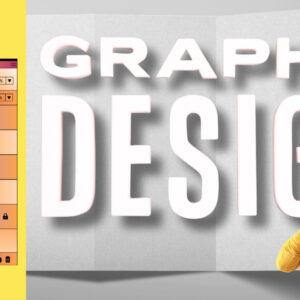


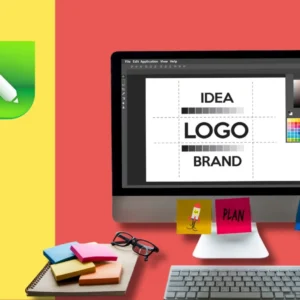
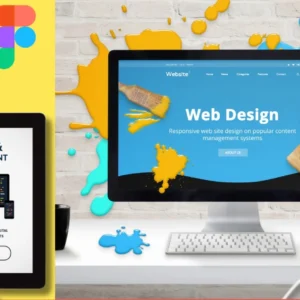
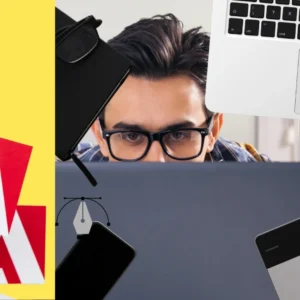
Add a Comment